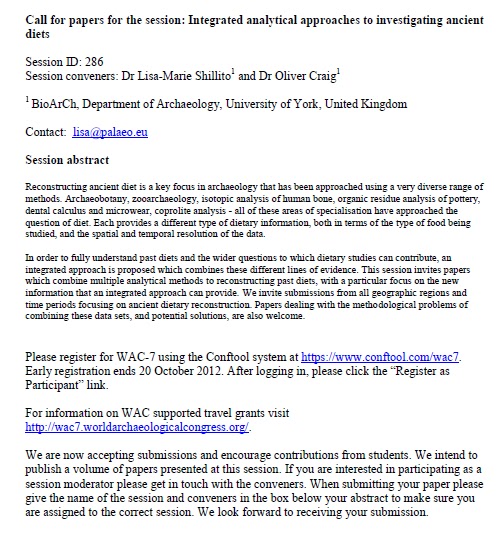Phytoliths

Phytoliths from Catalhoyuk TP Area The reeds decay, the wheat decays, and all The silica preserves within the ground. Remains of binding, and mats that lie beneath Many a summer’s children dead and gone A type of immortality - Organics wither slowly in time’s arms Here in the quiet depths of the earth A white impression yet shows what once has been A hidden record of the past Deposited, now soon to be revealed. Behold! This opal shadow, once a plant; A fascinating glimpse into past choices For fuel and crafts and fodder we can see Phytoliths from Catalhoyuk South Area A diverse array of use other than food! I asked thee “show me your secrets” Then didst thou grant mine asking with a glance Through concave lens of ‘scope Opal shapes, reveal the truth Of all that was, in ashes.





